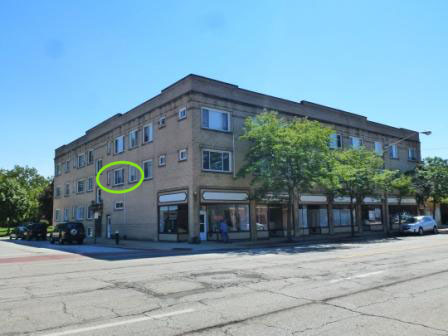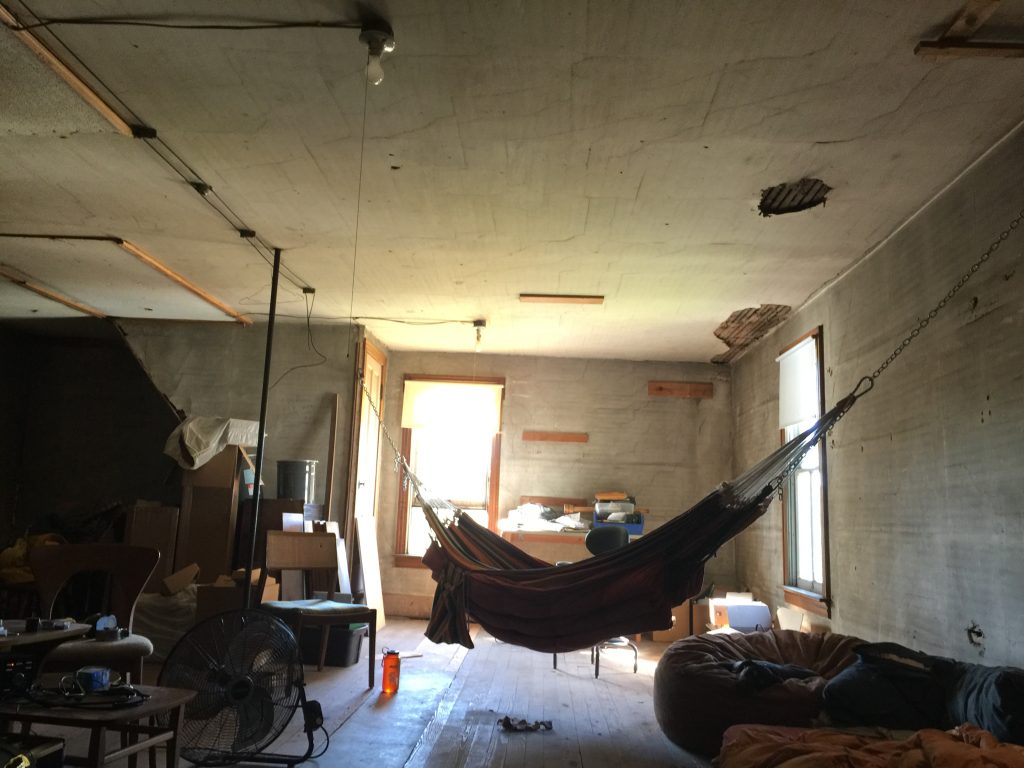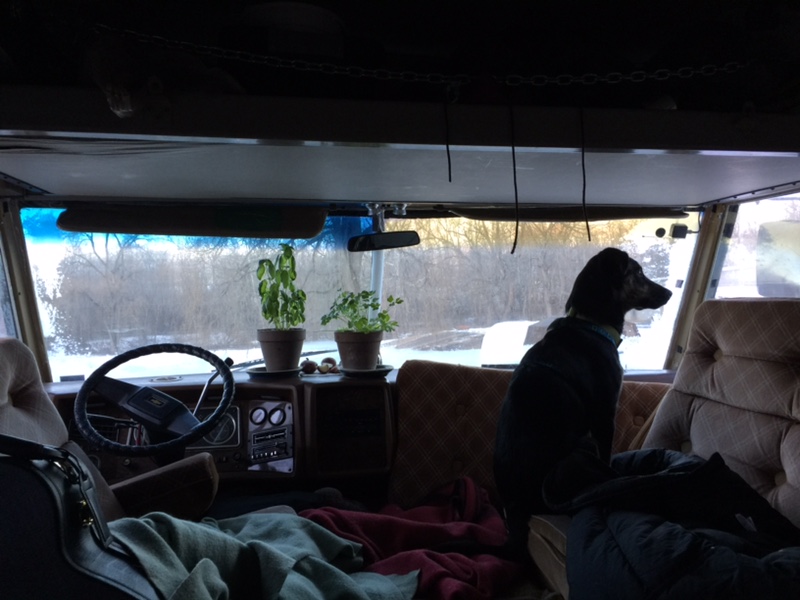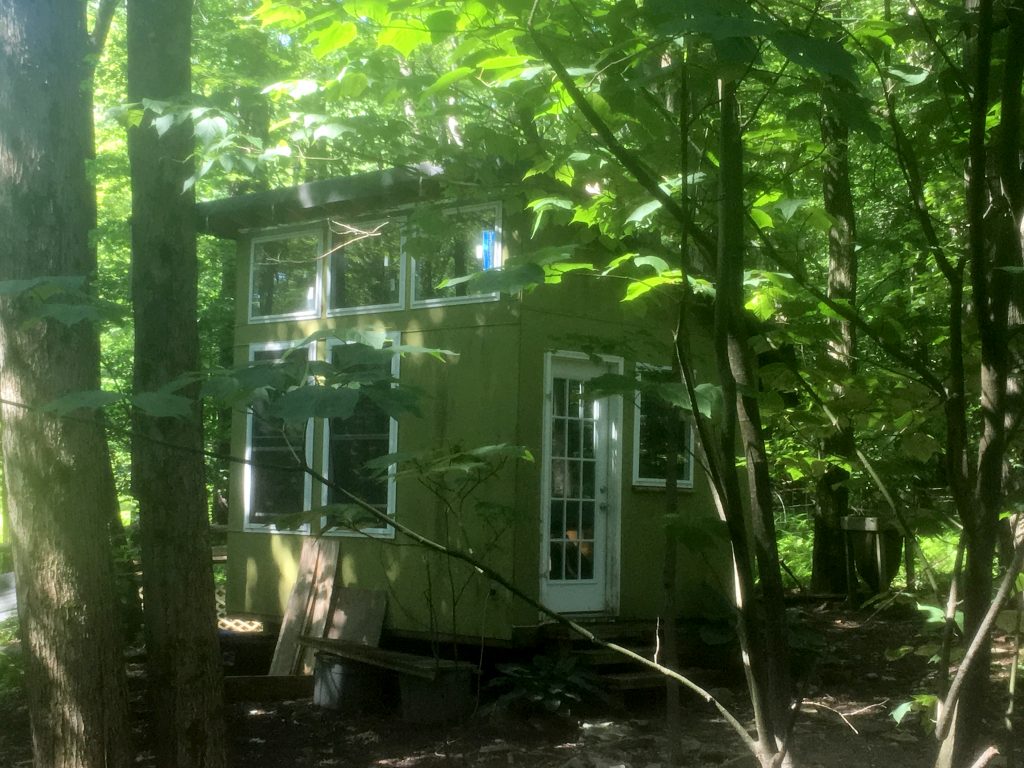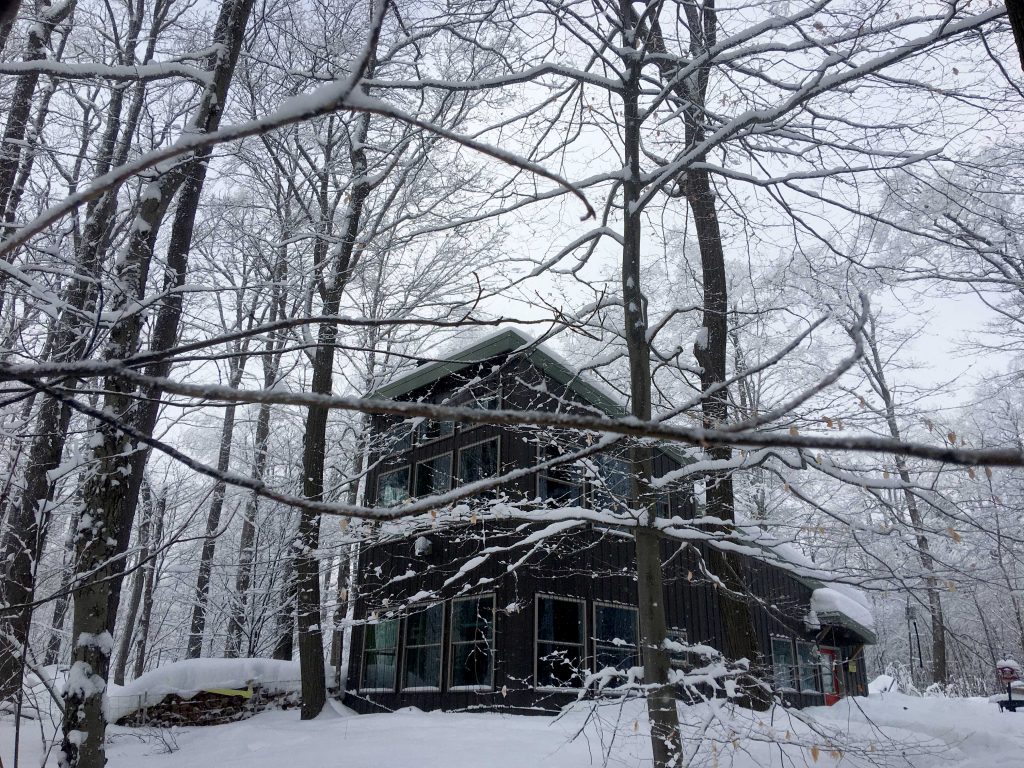This page isn’t really about construction, except allegorically. Like some construction projects, however, this method is indeed iterative and modular. You don’t have to jump in to a murky pond of unknowns with irreversible vows of poverty and isolation. If you’re interested in things that you might consider in the physical aspect of your monastery, read here.
The First Step: Should I?
This step addresses whether you have heard ‘The Call’ to Monasticism.
Determine whether you might benefit from part of this experience. Does your daily routine seem too much? Are pressures of the outside world intruding on your ability to feel good, to do good? Do things you experience while interacting with the world and people cause you confusion, frustration, anger, sadness? In these instances, you might benefit from some of the things Secular Monasticism has to offer. My call to monasticism was a strong urge to isolate, coupled with an irrepressible impulse to seek meaning. It’s not likely you’ll hear a voice, but the idea may sit unexpectedly well with you. If this is the case, you may be on the right path.
Monasticism is an ancient and multicultural tradition. For a moment, set aside any distain for religion that you may feel, and investigate monasticism from different cultures. Learn about what aspects of it you find appealing, what might be most challenging? Are there aspects of different approaches that resonate deeply with you?
The Second Step: What is your Good?
Monks are seekers, and this step establishes the direction you will take.
Identify Good things. Truth, Beauty, Patience, Sustainability, Knowledge, Compassion, Honesty… all that kind of stuff. Which of these Good things do you wish to prioritize for yourself and in the larger world. One of the central objectives of this Secular Monasticism will be to seek and cultivate these good things that are of prime value to you. The Good things that you focus on will certainly be individual, and will be in a flux over time as you grow and mature. Your Good will serve as a compass when you make decisions about managing your monastic experience.
Traditionally, this ‘good’ is steeped in religious obligations and quests, but it certainly need not be. For me, the good is environmental sustainability, rooted in peace and compassion. What is important is that when you work and contemplate in service to your Good, you feel fulfilled.
The Third Step: Filters and Lenses.
This step establishes the degree of separation between you and the external world.
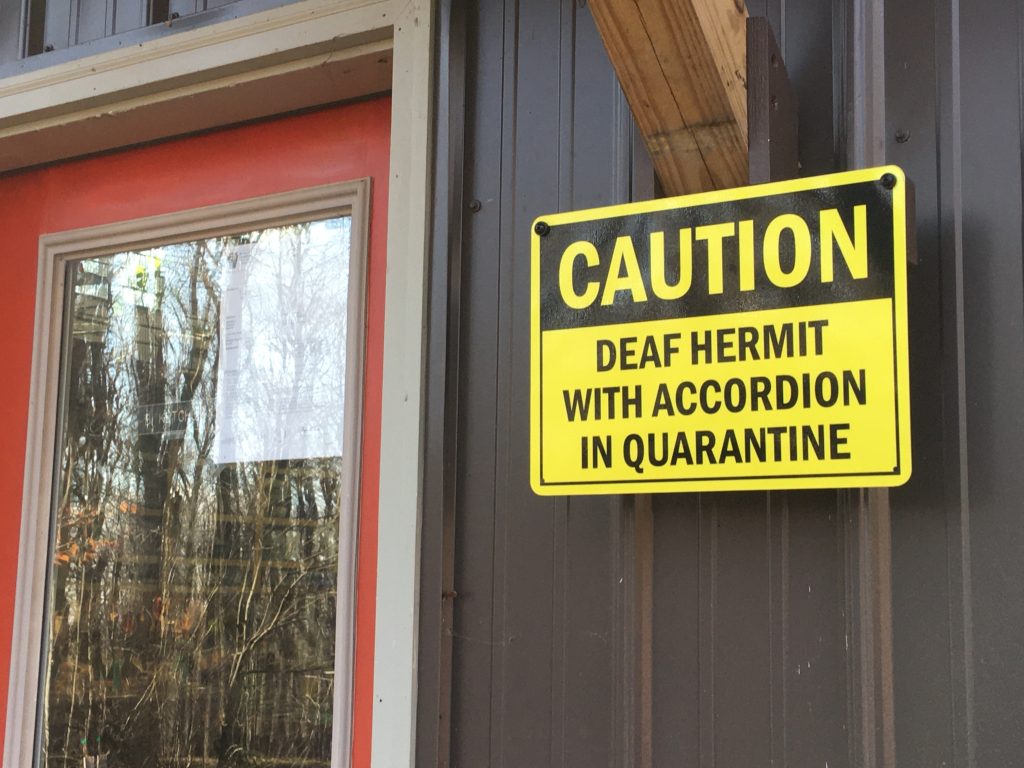
There is a separateness to Monastic life. In this Monasticism, it is the application of filters and lenses that reduce noise and focus our interactions with the External. These are highly individualized and arguably the most important tool in finding peace and cultivating Good in yourself and the world.
A filter limits what comes into your Sphere of Impact. Which people and how close? Which media and how much? And so on. The approach is a bit like the adage, “You are what you eat.” You will get better at developing filters, and there are different processes to help.
A lens helps you direct the focus of your interactions on your Sphere of Influence. If you choose to participate in a social media platform, for example, or go to the pub, or community band practice, etc, how will you focus your participation to cultivate Good?
Are you concerned about the isolation? I discuss that here and here.
The Fourth Step: Living as a Secular Monk
This final step is the internalization and external manifestation of your deliberate choices; this is your Monastery.
As you develop filters and lenses to help you cultivate your Good, you may find yourself examining your home and inner life with the same lenses and filters. Invest in lifestyle changes that support your goals that you have developed through the contemplation of Good things. Making big jumps toward austerity isn’t the point, especially if you have a family or a career with cultural or material requirements. But certainly do consider achievable changes. A few examples might be putting the television in a less central location, making a comfortable quiet space for contemplative activities, or taking a regular walk with no destination. This should be a gradual and natural process that is conducted with intent and deliberation. If you fall back, just consider why, and either go again or adjust a bit for success.
Maybe all this amounts to limiting your FB scroll time, or to brushing off an asinine neighbor’s snark. Maybe it will send you into the wilderness with a buck knife and a wool blanket. The point isn’t how far you take it. The point is finding Peace, and making the world a little better while you’re at it.
And that is this Secular Monasticism in a nutshell: the application of filters and lenses which separate you from the worldly noises, so that you can experience and cultivate Goodness in the world.
Finally, Maintenance
As your routine is established, you will almost certainly find demands that pull you away from your desired state. To some extent, these intrusions will be necessary, but be aware of how they can pile up and wholly interfere.
The issue is simply that monasticism works in a different way than the rest of the world. The result between two interacting entities that move differently is some friction: some elevated chaos at the interface. Brace yourself mentally by objectifying these occasions so they do not trouble the peace you strive to maintain.
Here’s a short essay about the start and restarts in my secular monastic experience. I’m on the eremitic side of monasticism, for certain. There’s no need to be so restrictive.
My Monasteries Through Time
As I matured, I became better able to support myself, and my son, while growing increasingly aware of my needs for solitude and what it would involve to make it happen. I lived quite minimally for a few years (squatting in an attic above my business, also the Winnie, and the shed, to save money for the main structure at Mons Domus).
I included this personal record here to demonstrate that there are many ways to approach this, some better than others. The two better ‘starter’ monasteries were the small apartment in Lakewood, and the shed, which was fitted out with ample windows, insulation and drywall, and on my own property. Squatting above the business and living in the Winnie posed enough inherent stress that I wasn’t able to effectively pursue my goals.
